Curious facts about old scientific theories that turned out to be true
Welcome to a journey through time where old scientific theories, once laughed at or misunderstood, have become the pillars of modern science.
From the concept of a round Earth to the intricate dance of quantum mechanics, these ideas have shaped our understanding of the universe. Let’s dive into these fascinating stories and uncover how our ancestors’ wild guesses turned into today’s scientific facts.
The “Earth is Round” Theory: An Ancient Idea Confirmed
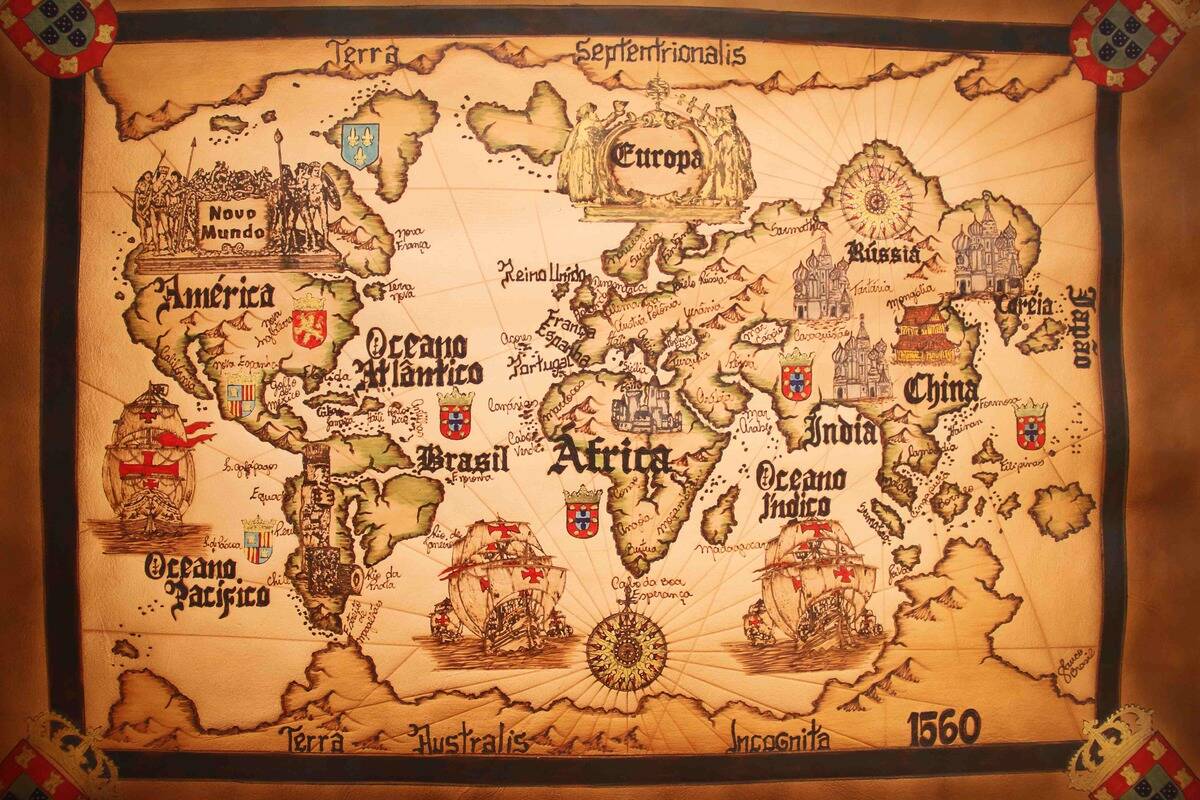
The notion of a spherical Earth dates back to ancient Greece, where philosophers like Pythagoras and later Aristotle proposed this revolutionary idea. It wasn’t until the age of exploration, with figures like Magellan, that the theory was widely confirmed.
Their journeys provided tangible proof that our planet is indeed round, reshaping medieval perceptions and laying the groundwork for modern geography.
The Atomic Hypothesis: From Philosophical Musings to Scientific Reality
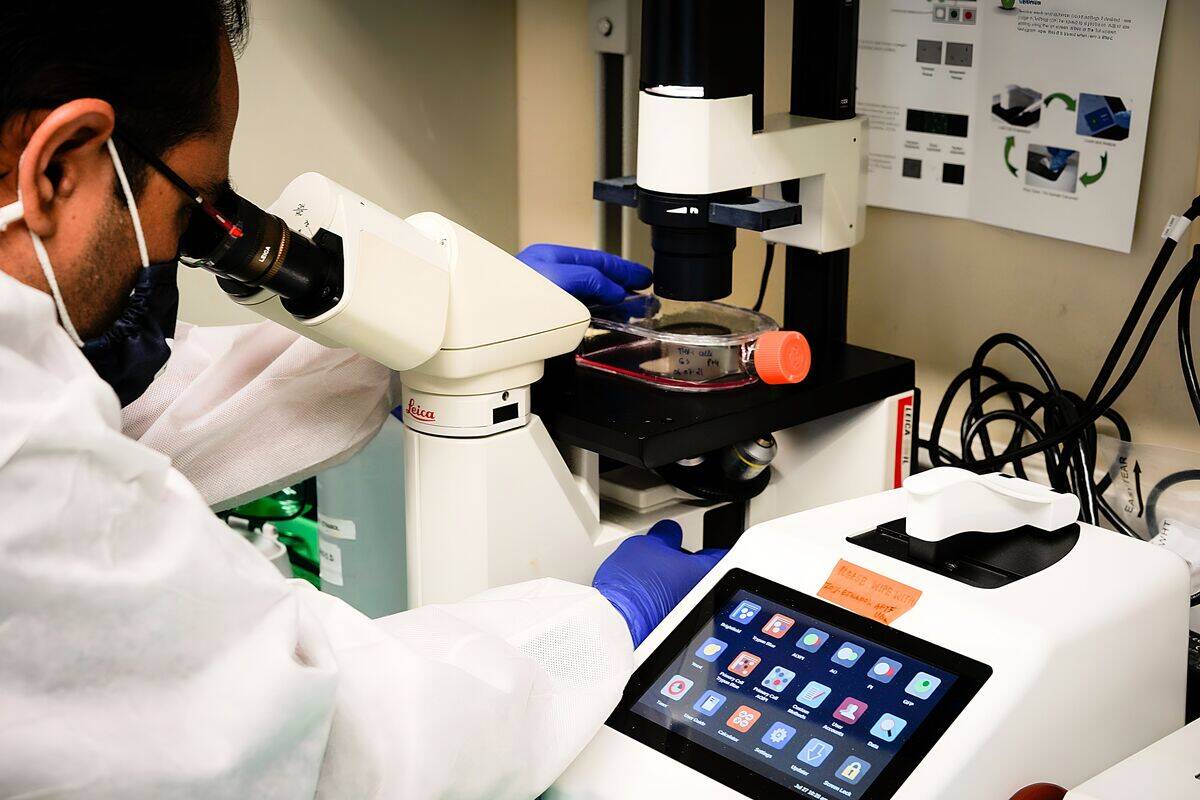
The concept of the atom, a tiny indivisible particle, hails from ancient Greece with thinkers like Democritus. Fast forward to the 19th century, and scientists like John Dalton brought this idea into the realm of chemistry, providing evidence through experiments.
Today, atoms are fundamental to our understanding of matter, with technologies like electron microscopes allowing us to see these once-theoretical particles.
Germ Theory: How Tiny Invaders Were Finally Seen
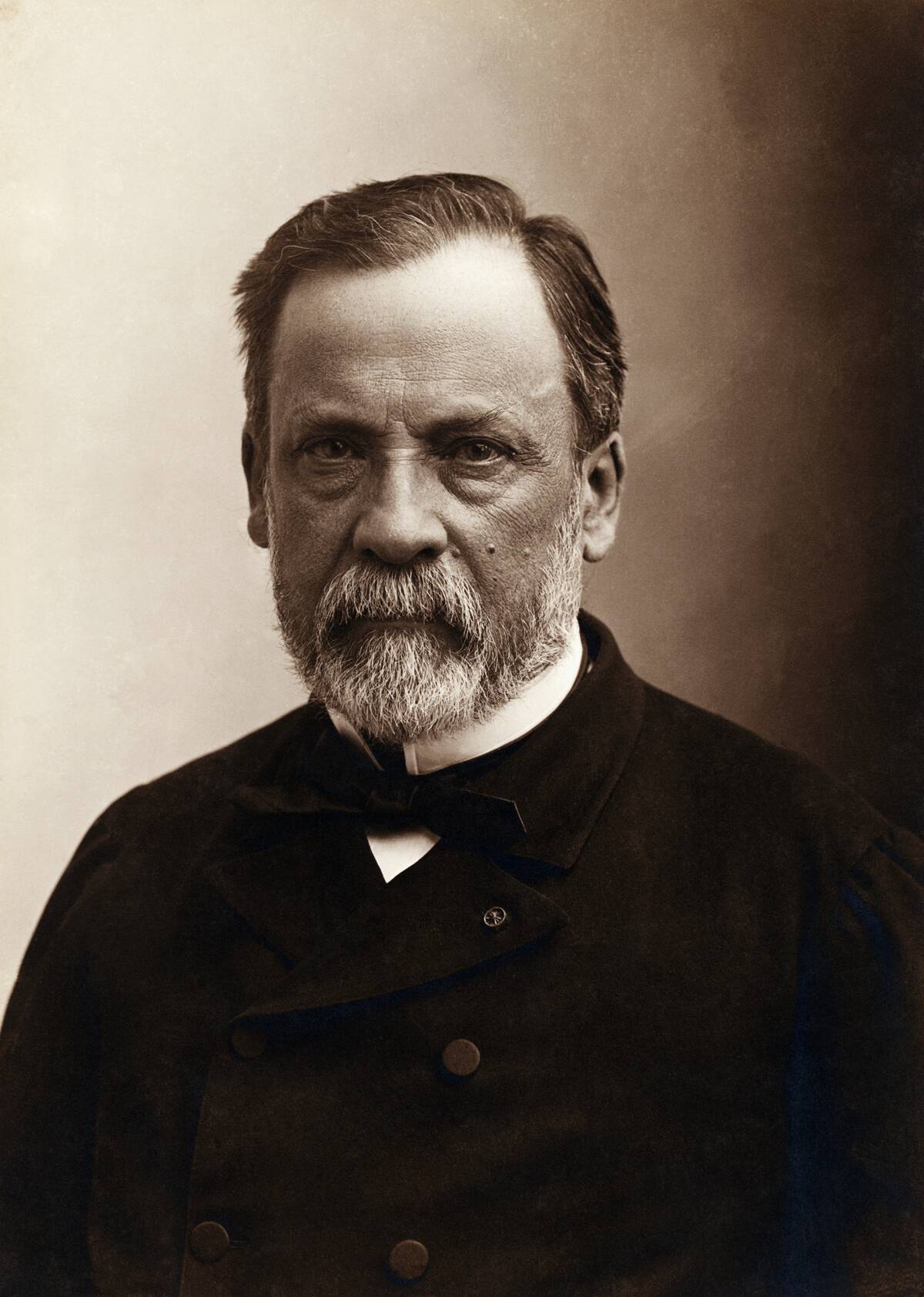
Before the germ theory, illness was often attributed to miasmas or ‘bad air.’ It was in the 19th century that pioneers like Louis Pasteur and Robert Koch provided evidence of microorganisms as the cause of diseases.
Their work led to innovations in sanitation and medicine, drastically reducing infectious diseases and transforming healthcare practices worldwide.
The Helio-Centric Model: How the Sun Stole the Spotlight
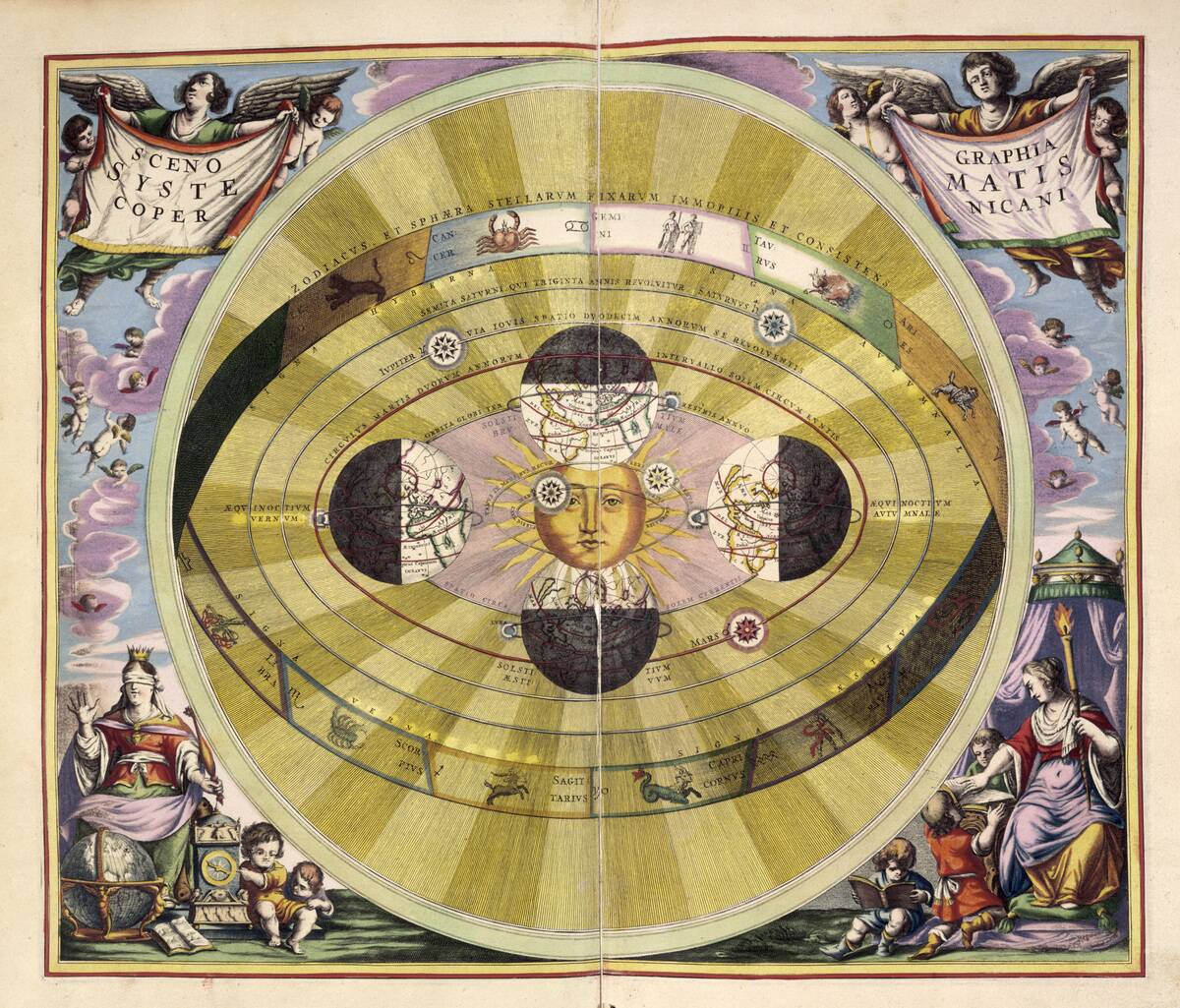
The heliocentric model, proposed by Copernicus, placed the Sun at the center of our solar system, challenging the long-held geocentric view. Galileo’s observations with the telescope provided further support, though not without controversy.
This shift in perspective marked the dawn of modern astronomy, fundamentally altering humanity’s view of its place in the cosmos.
Evolution by Natural Selection: Darwin’s Controversial Truth
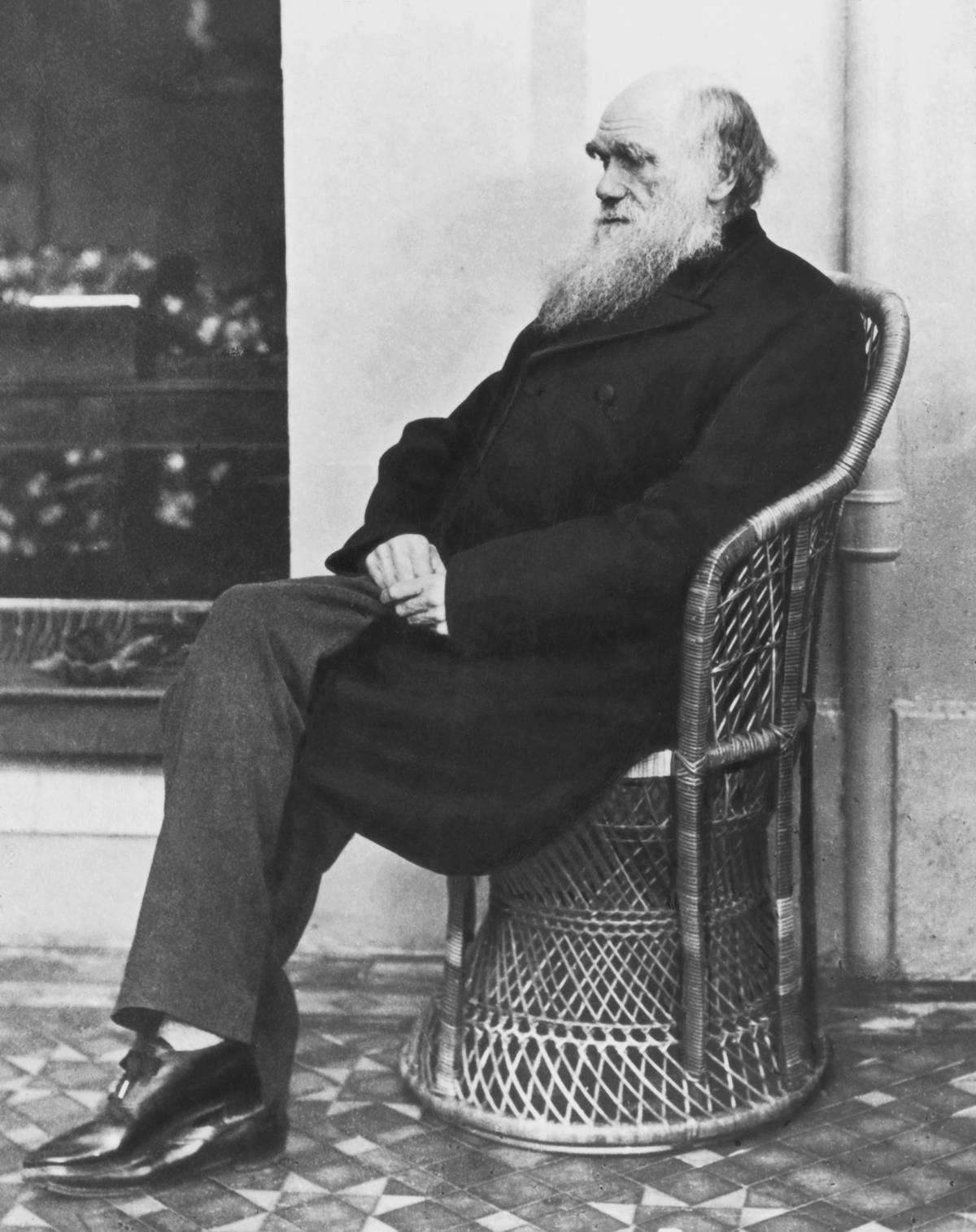
Charles Darwin’s theory of evolution by natural selection was groundbreaking in the 19th century, proposing that species evolve over time through natural processes.
Although controversial, especially among religious communities, it has since been supported by extensive fossil records and genetic evidence. Today, it is a cornerstone of biological science, explaining the diversity of life on Earth.
The Big Bang Theory: How an Explosive Idea Became Cosmological Canon
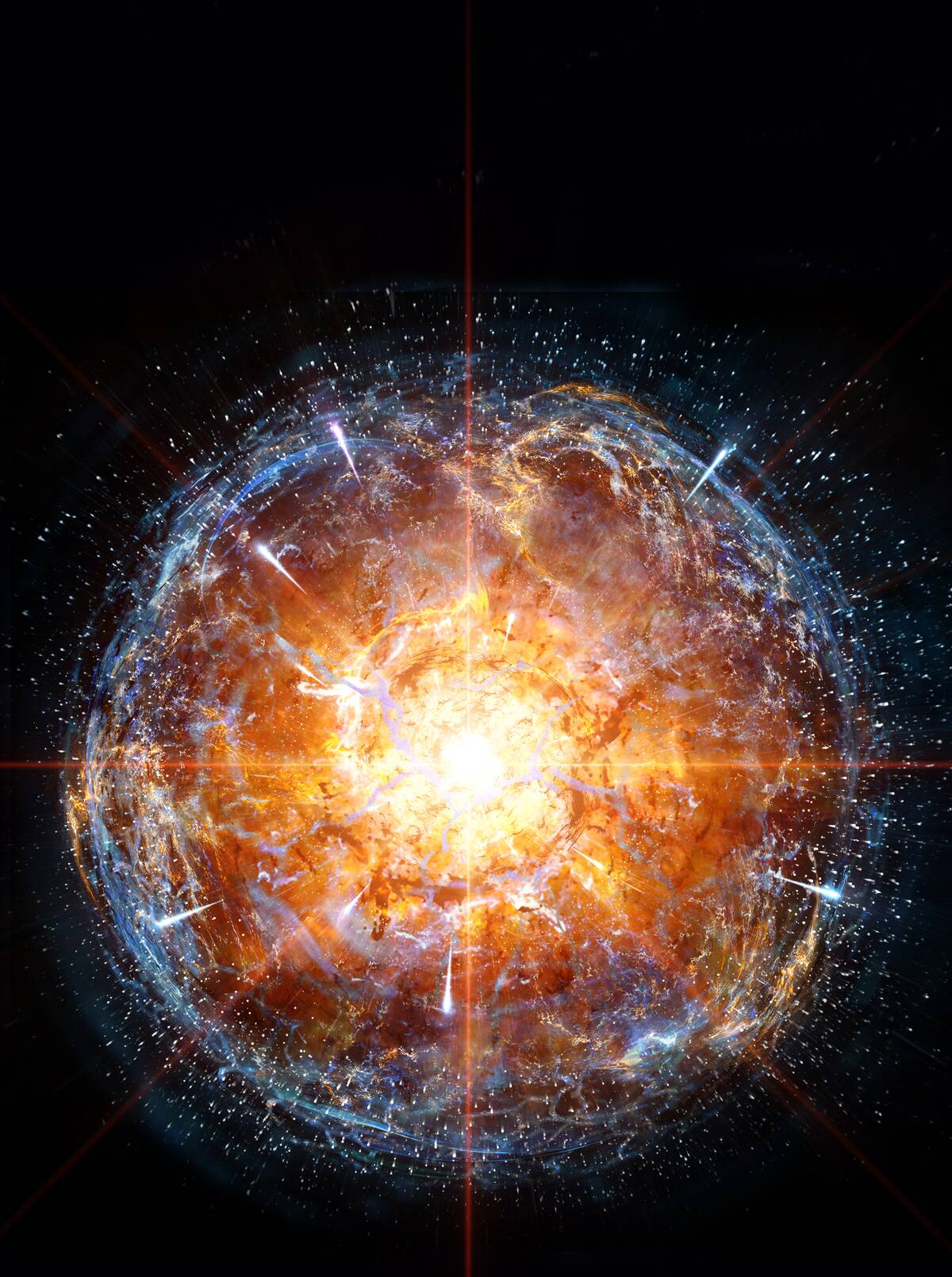
The Big Bang Theory, suggesting the universe began from a singular point and expanded, was once a radical idea. Proposed by Georges Lemaître and later supported by Edwin Hubble’s observations, it has become a central tenet of cosmology.
The theory explains the universe’s expansion and is supported by cosmic microwave background radiation, a remnant of the early universe.
Continental Drift: From a Hypothetical Journey to Geological Fact

Continental drift was a hypothesis that continents were once connected and have since drifted apart. Initially ridiculed, it gained credibility with the discovery of matching geological features across continents.
The theory evolved into plate tectonics, providing a comprehensive explanation for Earth’s geological activity and affirming Wegener’s once-controversial idea.
Quantum Mechanics: Strange Predictions That Shaped Modern Physics
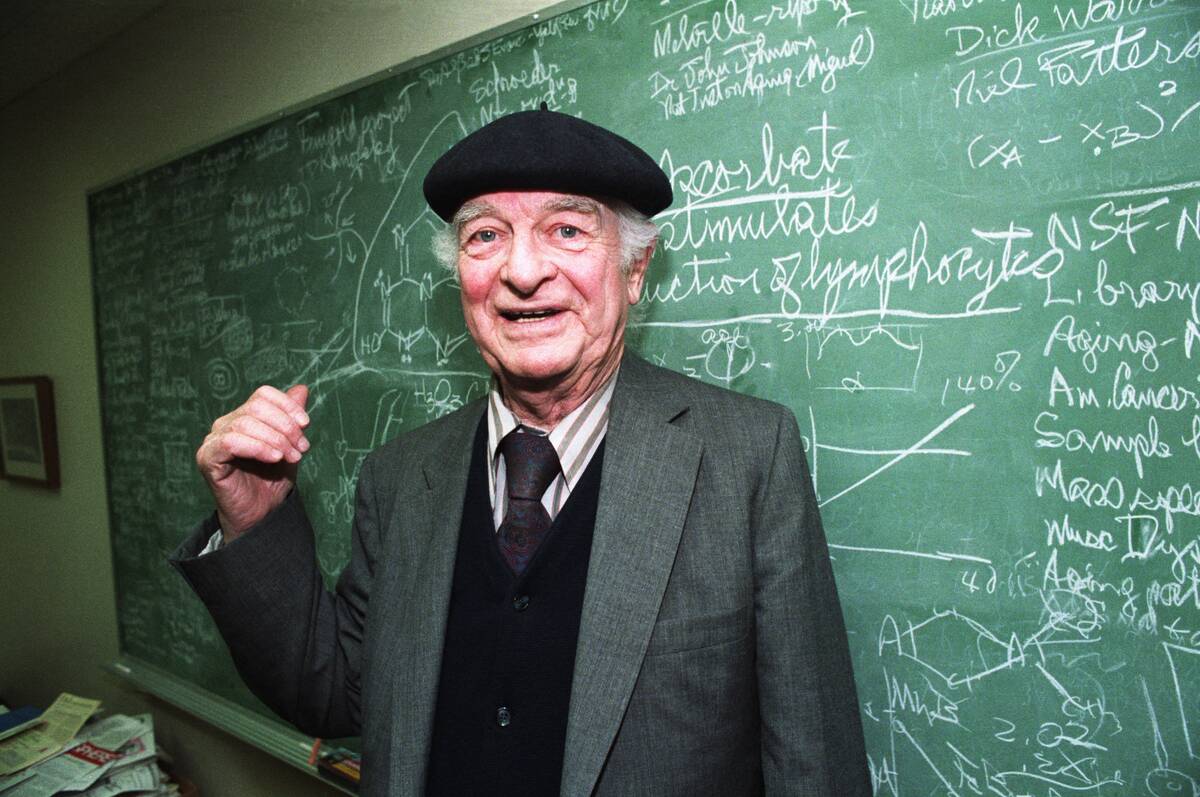
Quantum mechanics emerged in the early 20th century, challenging classical physics with strange concepts like wave-particle duality and uncertainty. Pioneers like Max Planck and Albert Einstein opened new realms of understanding, with quantum mechanics now being essential to technologies like semiconductors and lasers.
Despite its oddities, it remains a fundamental theory in describing the microscopic world.
The Expanding Universe: A Theory That Stretched Our Understanding

The concept of an expanding universe was proposed by Edwin Hubble in the 1920s, based on observations of galaxies moving away from us. This idea was revolutionary, suggesting the universe was dynamic rather than static.
Supported by further astronomical evidence, it has become a crucial component of cosmology, shaping our understanding of the universe’s origin and evolution.
Relativity: Einstein’s Revolutionary Insight into Space and Time
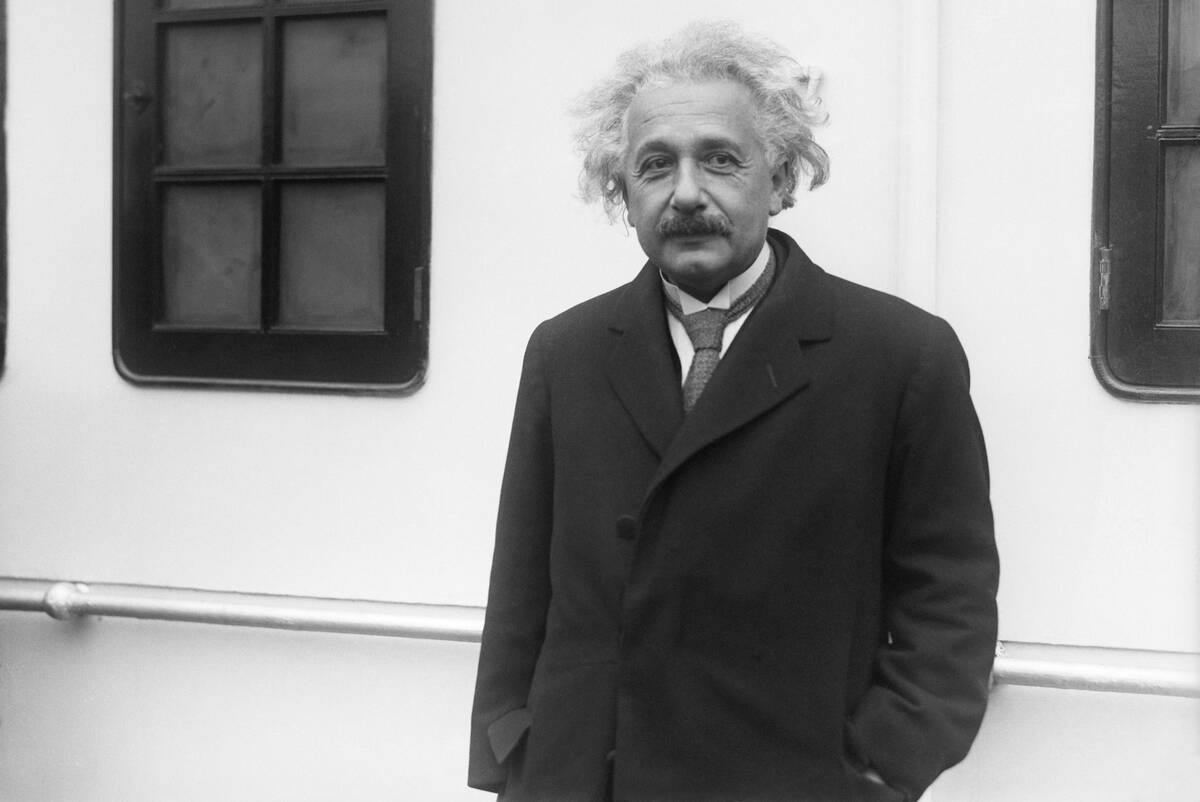
Albert Einstein’s theories of relativity transformed our understanding of space and time. The special theory introduced the concept that time and space are relative, while the general theory explained gravity as the curvature of spacetime.
These ideas have been confirmed by numerous experiments and are fundamental to modern physics, impacting everything from GPS technology to cosmological models.
The Age of the Earth: How Old Ideas Aged Well
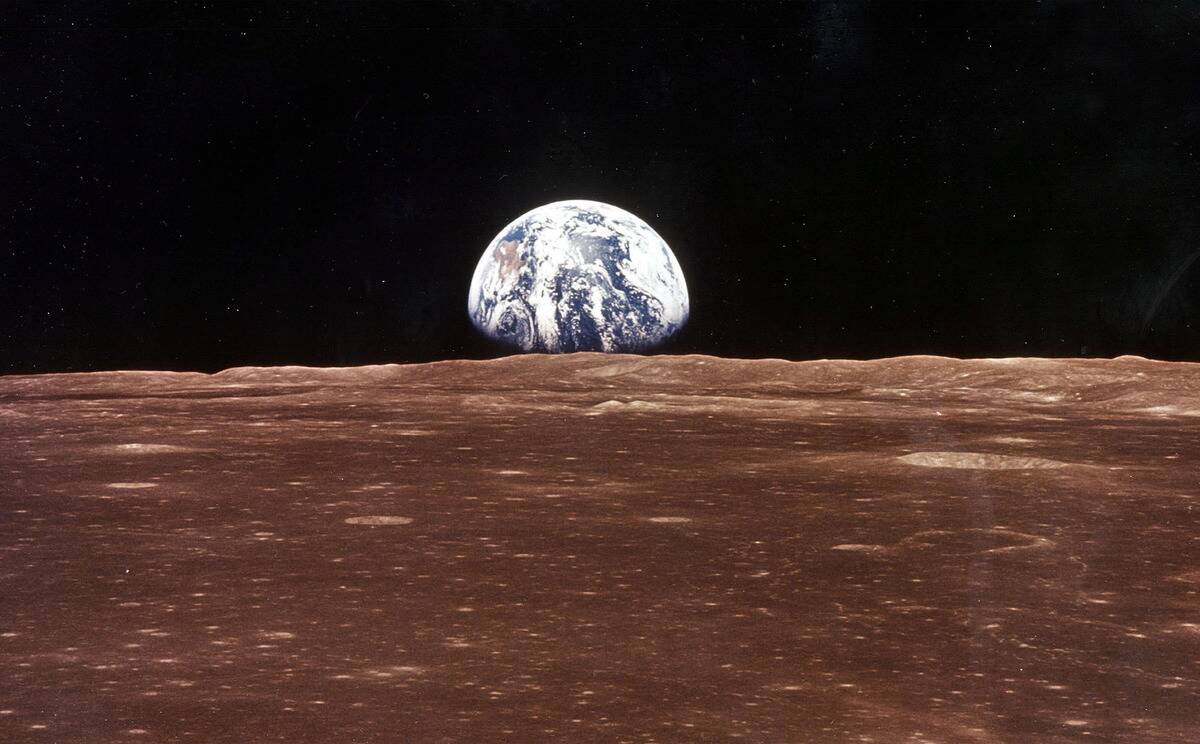
Determining Earth’s age was once a matter of speculation, with estimates ranging wildly. The development of radiometric dating in the 20th century provided a method to accurately measure the age of rocks and fossils.
This breakthrough revealed Earth to be about 4.5 billion years old, aligning with earlier geological and fossil evidence and providing a timeline for Earth’s history.
Vaccination: An Ancient Concept with Modern Validity

The concept of vaccination dates back to ancient practices of variolation, where material from smallpox sores was used to immunize individuals. Edward Jenner’s work in the 18th century with cowpox laid the foundation for modern vaccines.
Today, vaccinations have eradicated diseases like smallpox and are crucial in controlling outbreaks, demonstrating their enduring importance in public health.
The Germination of Seeds: An Old Agricultural Insight Confirmed
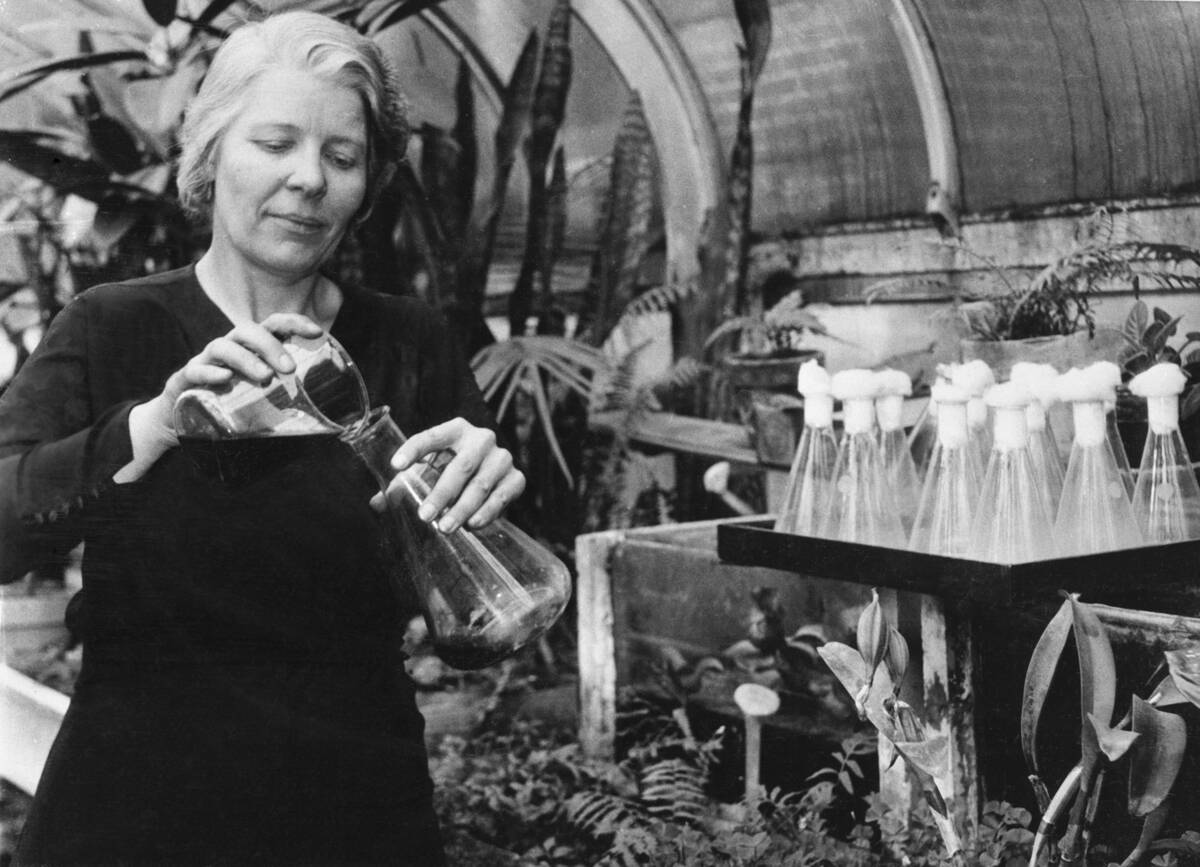
The process of seed germination has been understood for millennia, with ancient farmers observing the conditions needed for seeds to sprout. Modern science has confirmed these insights, revealing the biochemical processes at play.
Understanding germination is vital to agriculture, aiding in the development of crops and ensuring food security for growing populations.
The Existence of Black Holes: An Outlandish Theory Turned Cosmic Truth
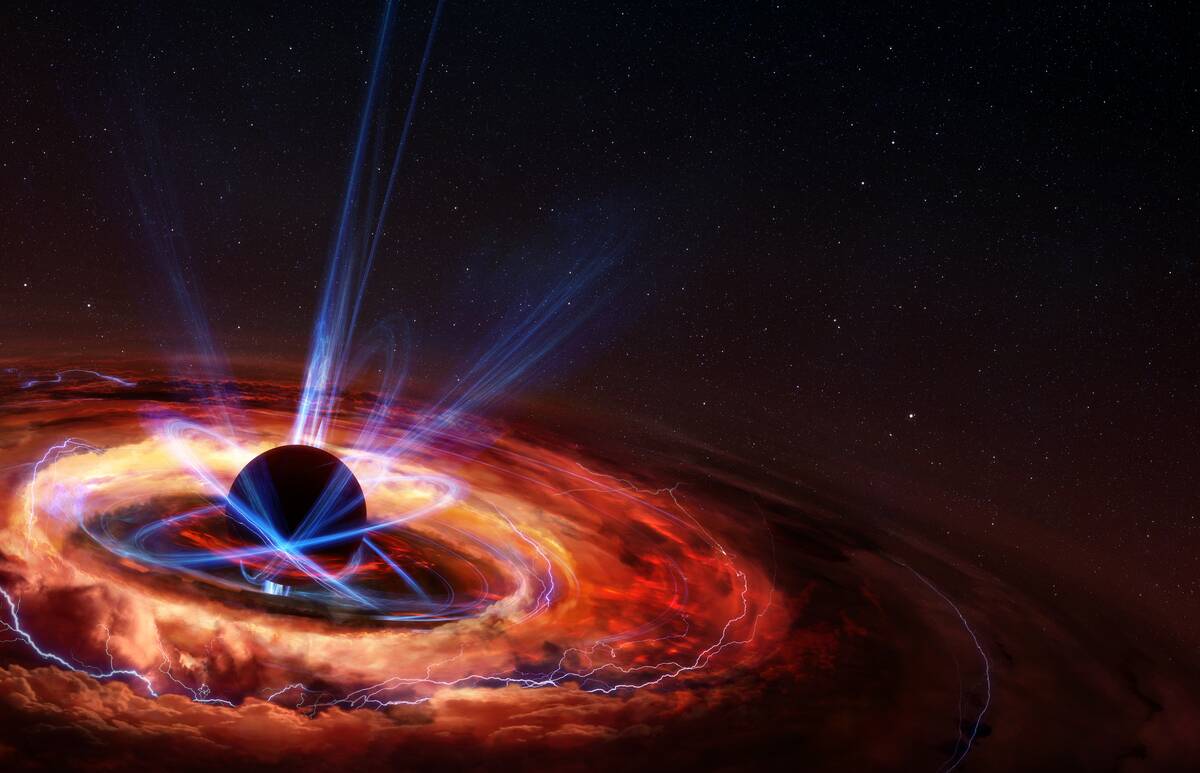
Black holes were once a theoretical curiosity predicted by Einstein’s equations of general relativity. Their existence was confirmed through observations of gravitational waves and the effects on nearby stars.
Recent imaging of a black hole’s shadow has provided visual confirmation, cementing black holes as a fundamental aspect of cosmic understanding and fueling further astrophysical research.
The Water Cycle: An Ancient Understanding of Earth’s Lifeblood
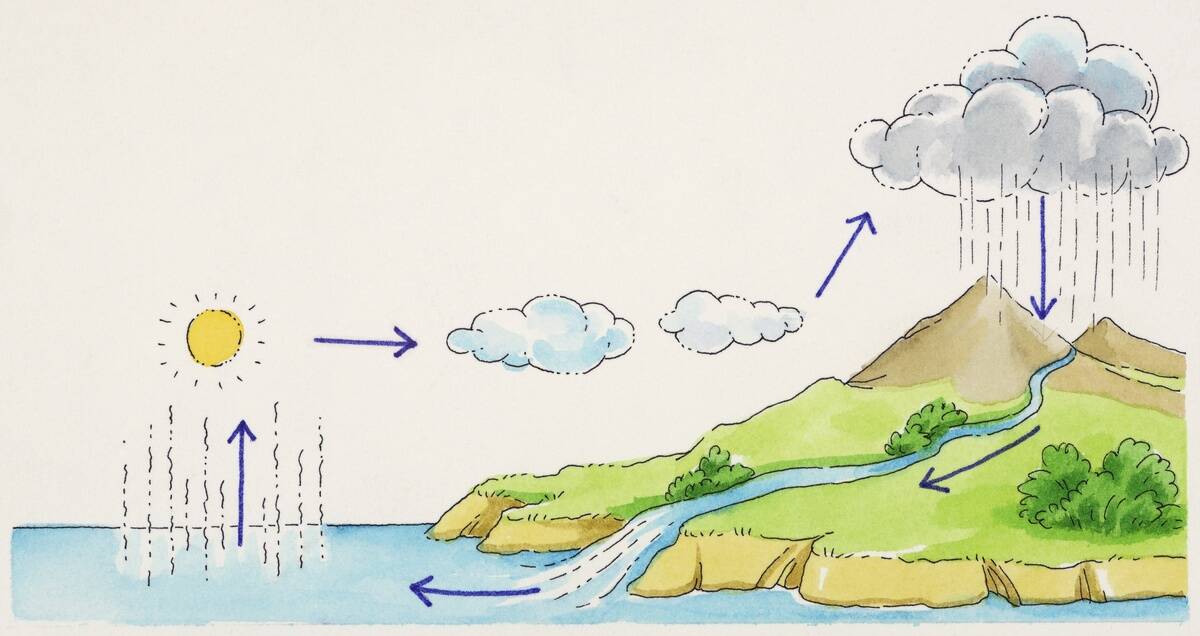
The water cycle, describing evaporation, condensation, and precipitation, has been understood since ancient times. This cycle is crucial for maintaining Earth’s ecosystems and climate.
Scientific advancements have allowed us to study it in detail, improving weather prediction and water management. This ancient understanding continues to be vital for environmental science and sustainability efforts.
DNA as the Blueprint of Life: From Speculation to Genetic Reality

The role of DNA as the carrier of genetic information was established in the mid-20th century, thanks to the work of scientists like Watson and Crick. Their discovery of the DNA double helix structure revolutionized biology, leading to advancements in genetics.
DNA’s role as life’s blueprint is now central to fields like medicine, forensics, and biotechnology, showcasing the power of this molecular insight.



